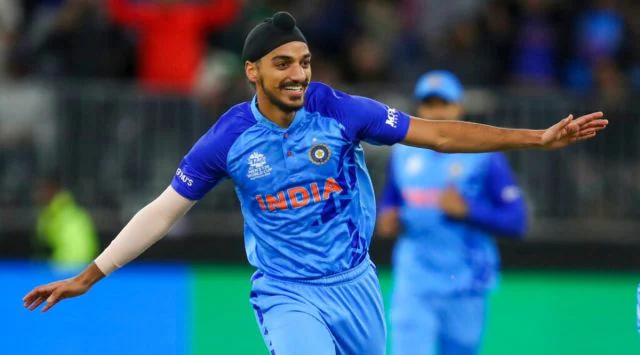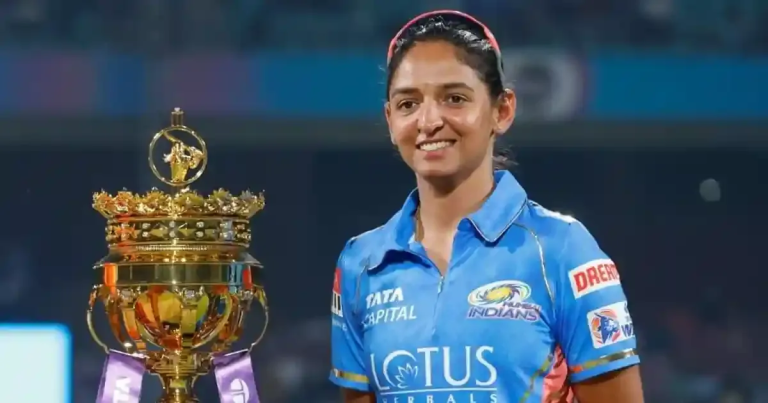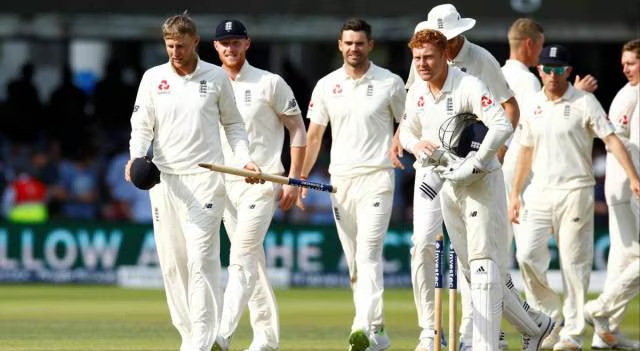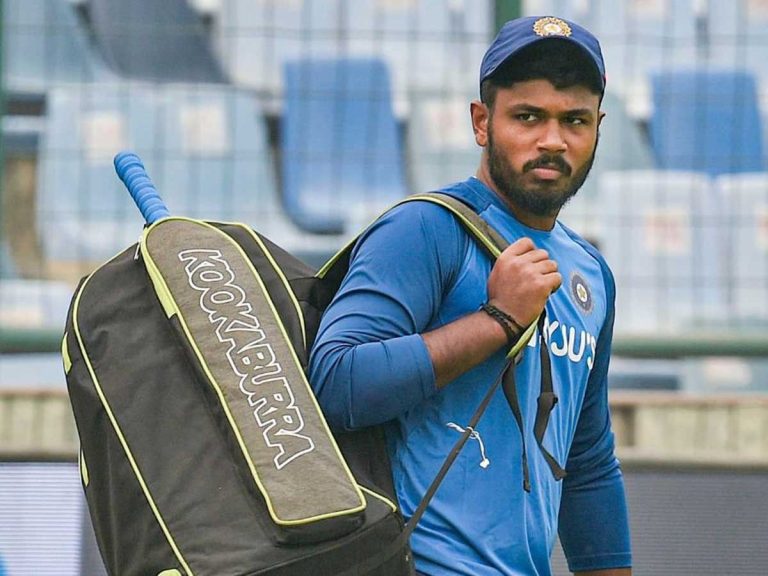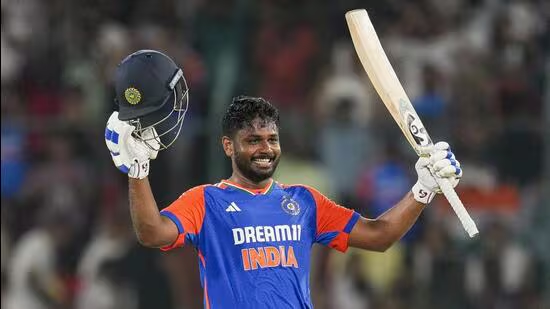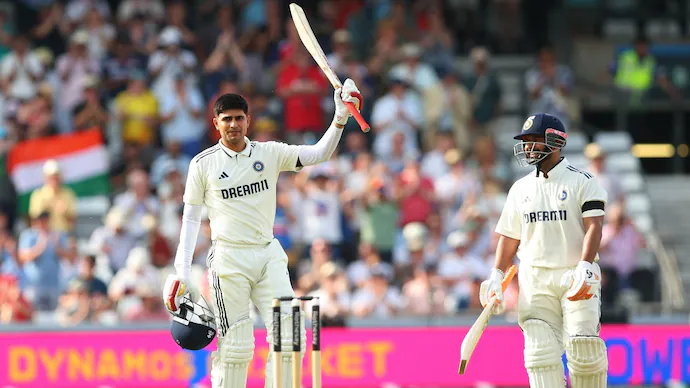
The Historic Milestone
In the annals of Indian cricket history, few moments carry the weight and significance of a captain’s debut century. On the verdant fields of Headingley, Leeds, Shubman Gill etched his name into cricket folklore by becoming only the fourth Indian skipper to score a century in his first Test match as captain. This achievement places him alongside cricket royalty – Vijay Hazare, Sunil Gavaskar, Dilip Vengsarkar, and Virat Kohli – a pantheon of legends who have defined Indian cricket across different eras.
At 25 years old, Gill’s captaincy debut century against England represents more than just personal milestone; it symbolizes a potential changing of the guard in Indian cricket. The question that now reverberates through cricket corridors worldwide is whether this young prodigy possesses the rare combination of talent, temperament, and leadership acumen to join the immortals of the game.
The Elite Club: Indian Captain Debut Centuries
To truly understand the magnitude of Gill’s achievement, it’s essential to examine the exclusive list of Indian captains who have scored centuries in their debut Test match as skipper:
| Captain | Score | Opposition | Venue | Year |
|---|---|---|---|---|
| Vijay Hazare | 164* | England | Bombay | 1951 |
| Sunil Gavaskar | 116 | New Zealand | Bangalore | 1976 |
| Dilip Vengsarkar | 102 | West Indies | Delhi | 1987 |
| Virat Kohli | 115 & 141 | Australia | Adelaide | 2014 |
| Shubman Gill | 119 | England | Leeds | 2025 |
This remarkable quintet represents different eras of Indian cricket, from the early days of international cricket through the modern era. What makes this list even more extraordinary is the caliber of opposition faced and the challenging conditions under which these centuries were scored. The fact that legendary captains like Sourav Ganguly, MS Dhoni, and Rohit Sharma are absent from this list only amplifies the significance of Gill’s achievement.
The Statistical Foundation of Greatness
Numbers often tell the story before narratives take shape, and Gill’s statistical trajectory reads like a blueprint for sustained excellence. His rise to the summit of ODI batting rankings at such a young age demonstrates remarkable consistency across formats. The fact that he holds records for the fastest to reach 2000 runs in ODIs (38 innings) and 2500 runs (50 innings) showcases an appetite for big scores that separates good players from great ones.
In Test cricket, traditionally considered the ultimate format for measuring a player’s true mettle, Gill’s recent completion of 2000 runs in just 60 innings places him among the elite company of batsmen who have mastered the art of Test match batting. This achievement becomes even more significant when viewed through the lens of modern cricket’s demanding schedule and the technical challenges posed by contemporary bowling attacks.
The captaincy debut century adds another layer to his growing legend. Being the 23rd player in Test cricket history to achieve this feat, and the fourth youngest to do so, positions Gill in rarefied air. More importantly, it demonstrates his ability to rise to occasions when the spotlight burns brightest and expectations soar highest.
The Temperament Test
Cricket legends are not merely defined by their ability to score runs or take wickets; they are distinguished by their capacity to perform under pressure and lead from the front when their team needs them most. Gill’s captaincy debut provides compelling evidence of his mental fortitude and leadership capabilities.
Taking over the captaincy at such a crucial juncture in Indian cricket’s evolution, with the team in transition and facing formidable opposition in challenging overseas conditions, required immense courage and self-belief. His century against England was not just a personal achievement but a statement of intent that he possesses the psychological makeup necessary for sustained leadership at the highest level.
The manner in which he constructed his innings, displaying both technical proficiency and tactical awareness, suggests a cricketing intelligence that extends beyond mere shot-making ability. This combination of skill and cricket acumen has historically been the hallmark of players who transcend from being merely successful to becoming legendary.
The Leadership Dimension
Cricket history teaches us that the greatest legends often combine individual brilliance with inspirational leadership. Gill’s appointment as captain, despite his relative youth, speaks to the confidence that the cricket establishment has in his leadership potential. His ability to score a century in his first match as captain demonstrates that he possesses the rare quality of thriving under the additional pressure that comes with leadership responsibility.
The early signs suggest that Gill understands the weight of captaincy and has the maturity to handle both success and failure with equal composure. His approach to leading from the front, quite literally through his batting performance, follows the template established by legendary captains like Kohli, Ganguly, and Dhoni, each of whom carved their own unique leadership style while maintaining the common thread of leading by example.
The Challenges Ahead
However, the path to legendary status is fraught with challenges that will test every aspect of Gill’s character and ability. The modern cricket landscape presents unique obstacles that previous generations of legends did not face. The relentless schedule, the pressure of social media scrutiny, the physical demands of multi-format cricket, and the evolving nature of the game itself create a complex environment for sustained excellence.
Gill’s journey toward legendary status will be measured not just by his individual achievements but by his ability to guide the Indian team through various phases of its evolution. The true test of his leadership will come during difficult periods when results don’t favor the team and when his own form might be questioned.
The weight of expectations can be both a motivating force and a burden. As comparisons with past legends become inevitable, Gill will need to develop the mental resilience to forge his own path while learning from the experiences of those who have walked similar journeys before him.
The Verdict: A Legend in the Making
Based on current evidence and trajectory, Shubman Gill appears to be on a clear path toward legendary status in Indian cricket. His combination of technical skill, mental toughness, leadership qualities, and the ability to perform in high-pressure situations creates a compelling case for his potential immortality in the sport.
The captaincy debut century serves as a powerful statement of intent, but it represents just the beginning of what could be a remarkable journey. The foundations are firmly in place – the talent is undeniable, the temperament has been tested, and the early leadership indicators are overwhelmingly positive.
However, cricket legends are ultimately defined by sustained excellence over extended periods, the ability to evolve with changing conditions, and the capacity to inspire generations of cricketers who follow. While Gill has demonstrated all the early markers of legendary potential, the true measure of his greatness will be determined by how he performs over the next decade of his career.
The cricket world watches with anticipation as this young captain begins what could be a transformative chapter in Indian cricket history. If his captaincy debut century is any indication, Indian cricket may have found its next legend in Shubman Gill. The stage is set, the talent is evident, and the journey toward immortality has begun.

